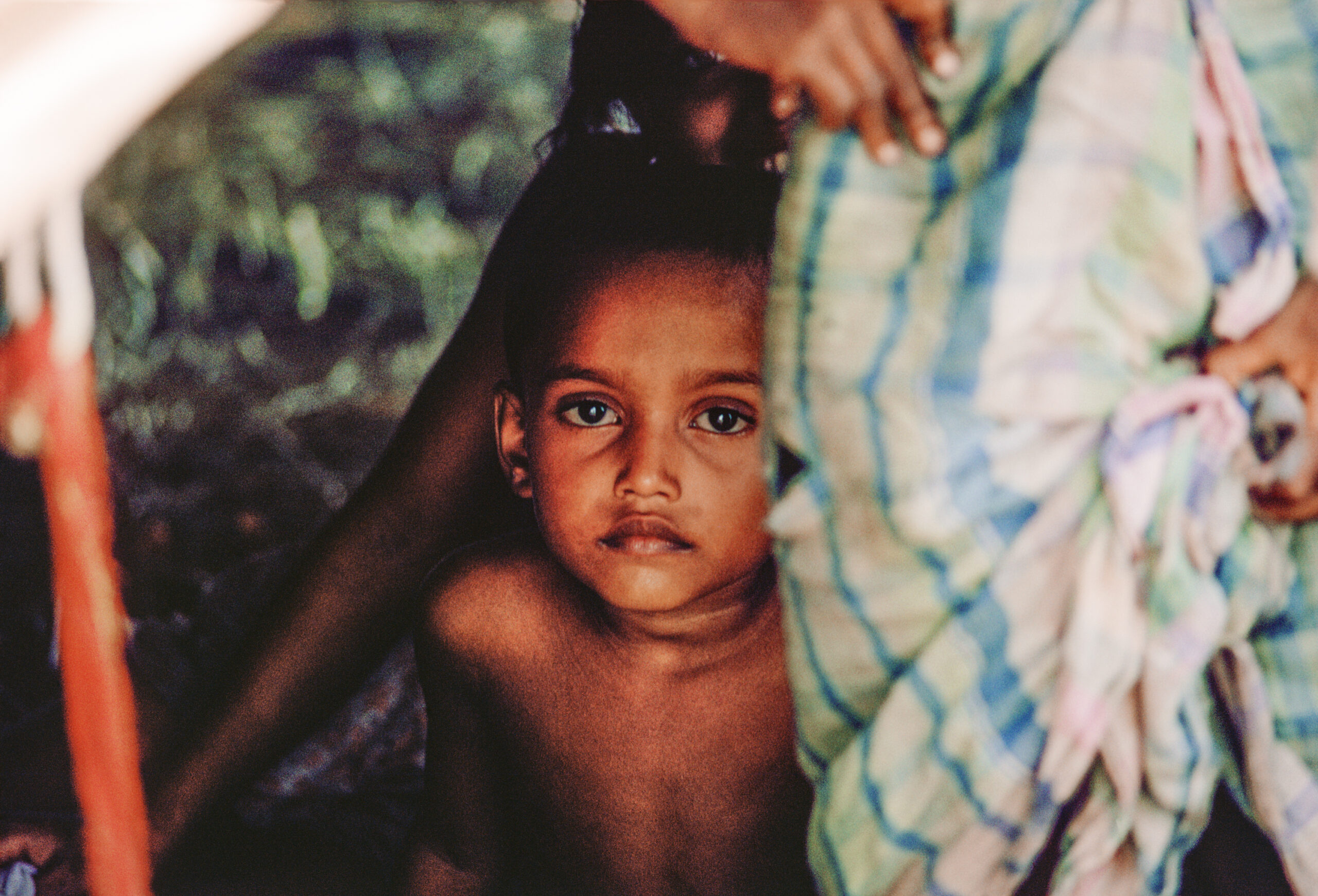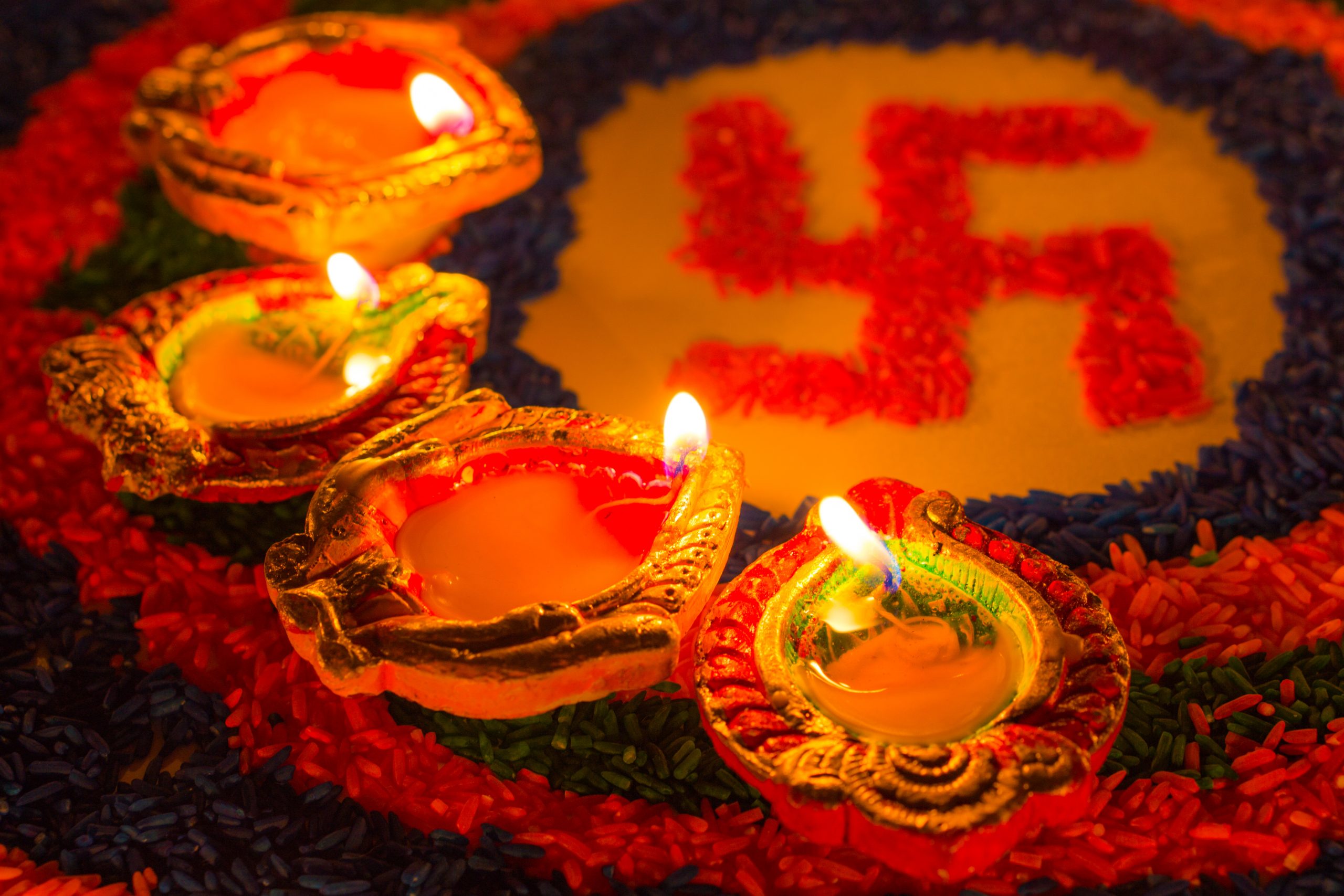On August 15, 1947 India gained independence from colonial British rule and was divided into two separate countries— India and Pakistan. The country of Pakistan then consisted of West Pakistan (modern Pakistan) and East Pakistan (now, Bangladesh).
More than 300,000 people in East Pakistan die in the Bhola cyclone on November 11, 1970. West Pakistan declines to send aid, fomenting the desire for an independent Bangladesh state.
During Pakistan’s first democratic election on December 7, 1970 Sheikh Mujibur Rahman of the Awami League won 167 of 169 seats. The Awami league campaigned to form a separate country of Bangladesh which would have led to the peaceful separation of East Pakistan and West Pakistan.
On March 25, 1971, the military of Pakistan began an action to suppress the building Bangladeshi independence movement: Operation Searchlight. In the first night, the Pakistan army targeted Hindu neighborhoods and villages starting first at Jagannath Hall, a Hindu dormitory in Dhaka university. Between 5,000-100,000 people were killed in the first night.
On April 6, 1971 Archer Kent Blood, the American consul general to Dhaka, Bangladesh sent a telegram to express dissent of US support for the atrocities committed by Pakistan on the Bangladesh people. The Blood Telegram, as it would become known, reported: “Hindus undeniably special focus of animal brutality.”
On August 1, 1971 George Harrison and Ravi Shankar held The Concert for Bangladesh, at Madison Square Garden in New York City. Ringo Starr, Bob Dylan, Eric Clapton, Ali Akbar Khan, and others perform. 40,000 people attend, raising $250,000 on the day of the event. Ultimately some $12 million was raised to assist refugees fleeing the genocide.
On August 10, 1971 US Senator Edward Kennedy visits a Bangladeshi refugee camp in West Bengal, India.
November 1, 1971: Senator Edward Kennedy gave the report “Crisis in South Asia” to the U.S. senate. He states, ” We talked with dozens of such people on the Boyra-Bongaon Road north of Calcutta, on a day when at least 7,000 new refugees had crossed the border. Nearly all were farmers. Most were Hindus, from districts south of Dacca, on the fringe of the area affected by last fall’s cyclone. Many of these people were still in visible stages of shock, sitting listlessly by the roadside or wandering aimlessly. They told stories of atrocities, of slaughter, of looting and burning, of harassment and abuse by Pakistani soldiers and their collaborators.”
By November 1971, approximately 10 million refugees, a majority of whom were Hindu, had fled to India. Prime Minister Indira Gandhi’s officials noted that Pakistan hoped to reduce the number of Hindus in Bangladesh by “driving out Hindus in their millions.”
Under the guidance of Prime Minister Indira Gandhi, India entered the conflict on December 3, 1971. This began the Indo-Pakistan war of 1971, a defense of Bangladesh on both its Eastern and Western fronts. Although the war only lasted 13 days, it was the impetus for the surrender of Pakistan and the liberation of Bangladesh.
The Bangladesh Liberation War ends on December 16, 1971, after an arduous struggle where 2-3 million Bengalis were killed and 200,000-400,000 women were raped, the majority of whom were Hindu.








































